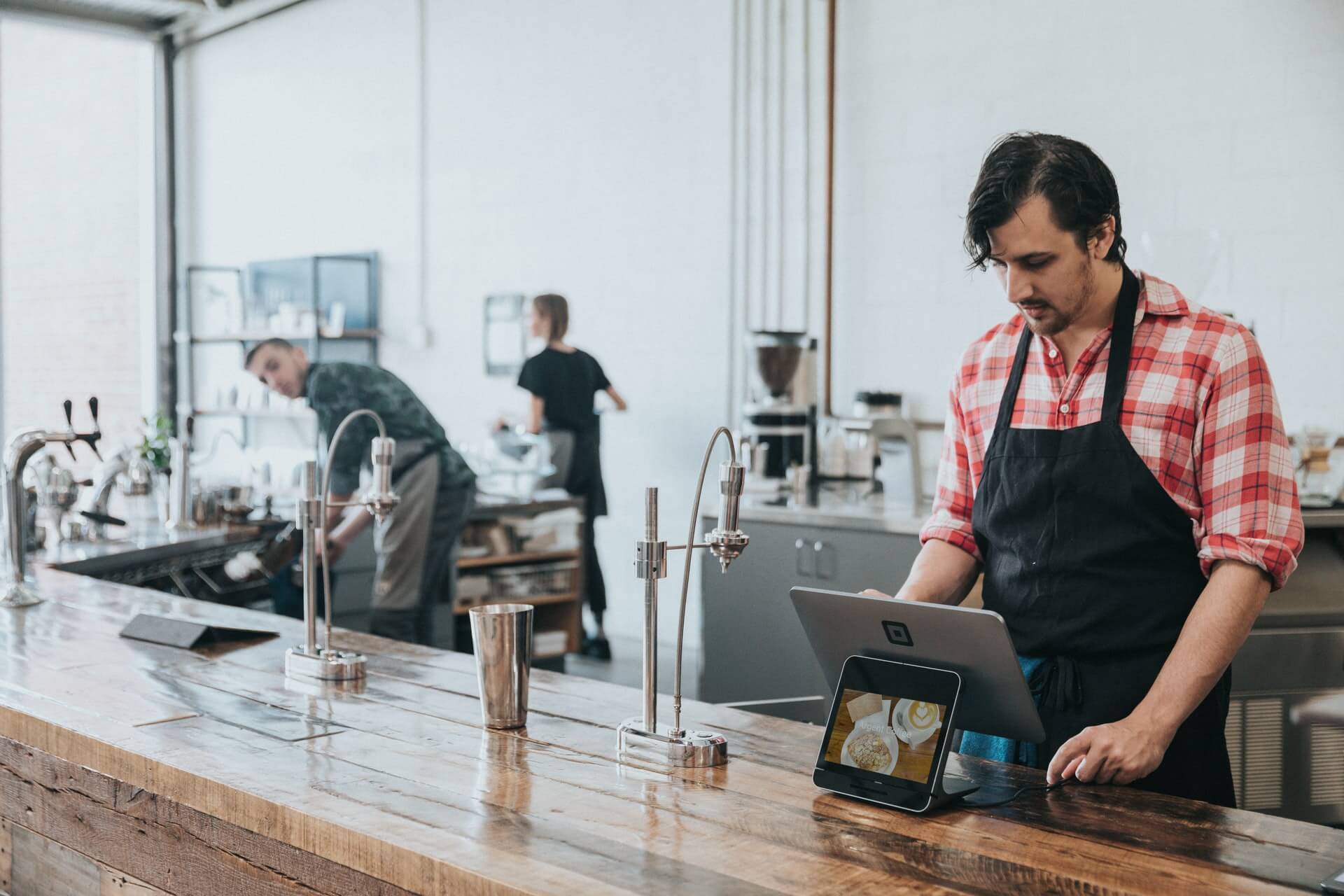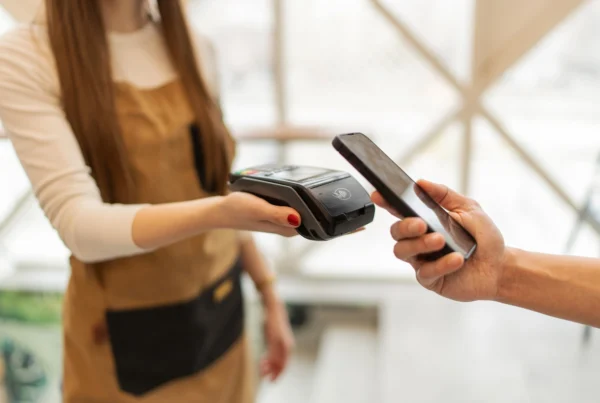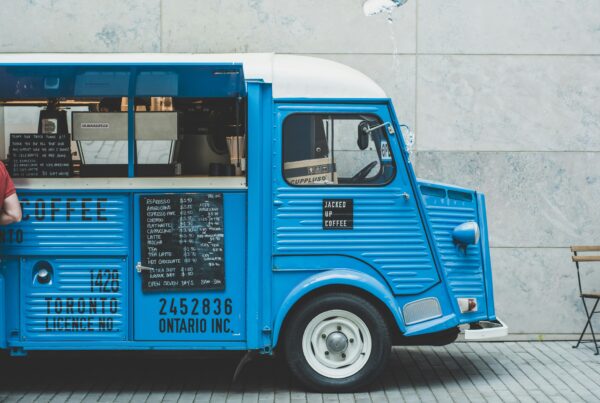Food cost percentage is the ratio between ingredients and the revenue those ingredients generate when sold. It’s expressed as a percentage and determines how much your restaurant earns for any given dish. Rising costs affect restaurant profits. According to a National Restaurant Association survey, 91% of operators pay more for their food, and 85% report smaller profit margins than before COVID-19. Therefore, this article introduces you to how to calculate food cost percentage scientifically to cover costs and ensure financial security. In addition, we’ll disclose the average food cost for restaurants so you can gauge how well your restaurant is performing.
What is food cost percentage?

Food cost percentage is the food cost equation that you spent on your restaurant’s food ingredients, expressed as a percentage. In other words, you’ll see how much it costs your restaurant to make one serving for each item on your menu. You can find this in the restaurant-specific set of POS reporting metrics. It’ll help you set the correct menu prices and maximize profits.
Most restaurants use food prices to determine the cost of preparing food for their restaurant. However, some other restaurants prefer to use Cost of Goods Sold (COGS) in their inventory management report to measure the total value of inventory used to make dishes, excluding napkins, toothpicks, and decorations. However, before learning how to calculate food cost percentage, let’s look at the benefits this metric brings to your restaurant.
What makes food cost percentage important?
Food cost percentage is one of the important metrics for pricing a restaurant’s profit. If a restaurant’s food costs are too high for the menu prices, your profit margins will be narrower, and the business may fail. Therefore, determining your restaurant food cost percentage is the most effective way to ensure that your restaurant thrives.
1. Effective menu design

How you price the items on your restaurant menu affects your sales. Assuming the price of dishes is too high, customers may not order them. However, if the price of the dish is too low, you won’t generate enough revenue to cover the cost of the store. For example, you can tweak your menu and make changes to stay profitable by taking a close look at your food cost equation.
With restaurant food cost percentage data built into your POS system, you can update menu items that aren’t profitable and which menu items are most profitable. It gives you the detailed information you need to decide, change, re-price, or cancel a menu item. By pricing each menu item based on the cost of goods sold and a percentage of food costs, you’ll ensure that each menu item fits within your food cost margin.
2. Better cost management

Food costs make up a large portion of the money needed to run your restaurant. For example, if you sold a basket of chicken wings worth $3 for ingredients including chicken, celery, sauce, and cheese, you would set the price for that dish at more than $3. So your percentage of food expenses is an essential restaurant metric to keep an eye on constantly. With suitable recipes and resources, you can easily calculate your food cost equation. From there, you can lay the groundwork for optimizing your restaurant finances.
The most successful restaurant chains and franchises also understand the value behind keeping a close eye on food costs. For example, if McDonald’s sells 70 million burgers a day and takes a penny off COGS, they lose $700,000 per day or $255 million per year. Therefore, your restaurant food cost percentage is crucial because monitoring and optimizing it can help you maximize your profits.
3. Deeper understanding about food supply impact

A change in the food cost equation can significantly affect a restaurant’s bottom line. For example, if the price of meat rises, as has happened during the COVID-19 pandemic, it affects profits unless menu prices also change. Therefore, tracking farming trends and even international trade negotiations is essential for understanding and managing inventory costs.
For example, the poor planting season in 2018 caused the price of spices and vanilla to skyrocket. Other bakeries and restaurants that focus on baked goods and desserts feel the impact of this shortfall. In normal conditions, running a restaurant can be challenging, with tight margins, high turnover, and a demanding schedule. During the COVID-19 pandemic, that has become even more difficult. Many restaurant owners can increase profits by calculating food cost percentage to tighten their belts. However, you can use this technique at any time, not just during this pandemic.
How to calculate food cost percentage
To calculate food cost percentage, you must know how much you paid to make the dish for your restaurant. Therefore, you need to calculate the total cost of ingredients on the sales of the food.
Food cost percentage formula

Below is a food cost equation for a restaurant.
Food cost percentage = (Beginning inventory value + Purchases – Ending inventory)/ Total food sales.
In which:
- Beginning inventory value = the value of inventory you purchased at the beginning of the week.
- Purchases = the value of inventory you purchase during the week and not your beginning inventory.
- Ending inventory = the value of remaining inventory at the end of the week.
- Total food sales = your sales value in that week, which you can find in your sales report.
For better understand this ratio, let’s take a look at an example of a restaurant:
- Beginning inventory value = $12,000
- Purchase = $10,000
- Ending inventory value = $15,000
- Total food sales = $20,000
So the food cost percentage = (12,000 + 10,000) – 15,000 / 20,000 = 0.35
It means 35% of their revenue is spent on ingredients. However, you’ll wonder if this ratio is good or not? To figure out what percentage is best for your restaurant, you’ll need to calculate your ideal food cost percentage.
Ideal food cost percentage formula

Unlike the food cost percentage, the calculation of the ideal food cost percentage does not take into account beginning and ending inventory. Instead, it just calculates the total cost and revenue associated with each dish or menu item. Here’s how you can calculate the ideal food cost percentage for your restaurant:
Ideal food cost percentage = Total cost / Total revenue
Therefore, you should compare the food cost percentage with the ideal ratio and ensure your restaurant is on the right track. To better understand this, let’s say you run a large restaurant that serves 400 customers per day. If you ignore food costs and price menu items down 65 cents, you could lose more than $100,000 in sales each year.
What is the standard food cost percentage?

The standard food cost percentage is 28–35% of sales to ensure a profitable restaurant with full service and quick service restaurants. However, there is no ideal food cost percentage for all types of restaurants. It varies depending on the type of food and market you serve, operating costs, and the restaurant’s total costs (including food costs).
Taking the extra step of calculating food cost percentage and cost of goods sold for each cookie, a slice of bread or burger will help your restaurant in the long run. You can tell when to change menu prices by closely monitoring food cost percentages. From there, you can reduce portions, change the way you cook, change your entire menu, or find new suppliers to stay profitable.
Conclusion

It’s great to know if individual items are profitable, as we explain how to calculate food cost percentage above. It shows if your restaurant is on the right track for success. Many POS systems with restaurant analytics can provide you with this information automatically. You can go through your menu, determine the food cost per serving, and see if it meets the ideal food cost percentage. While the food cost formula can vary from restaurant to restaurant, it’s crucial to your success. It’s especially true during this pandemic when running a profitable restaurant is more challenging than ever.













